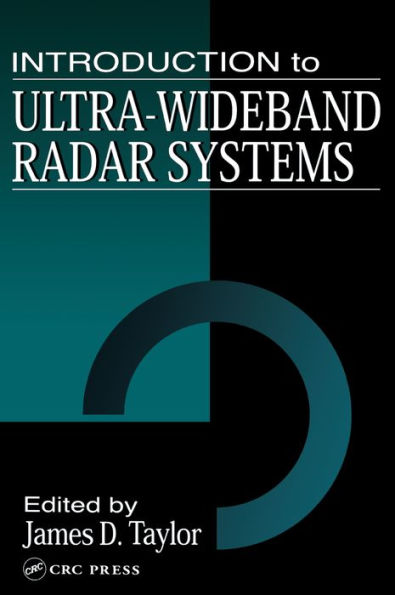This introductory reference covers the technology and concepts of ultra-wideband (UWB) radar systems. It provides up-to-date information for those who design, evaluate, analyze, or use UWB technology for any application. Since UWB technology is a developing field, the authors have stressed theory and hardware and have presented basic principles and concepts to help guide the design of UWB systems. Introduction to Ultra-Wideband Radar Systems is a comprehensive guide to the general features of UWB technology as well as a source for more detailed information.
1100759359
Introduction to Ultra-Wideband Radar Systems
This introductory reference covers the technology and concepts of ultra-wideband (UWB) radar systems. It provides up-to-date information for those who design, evaluate, analyze, or use UWB technology for any application. Since UWB technology is a developing field, the authors have stressed theory and hardware and have presented basic principles and concepts to help guide the design of UWB systems. Introduction to Ultra-Wideband Radar Systems is a comprehensive guide to the general features of UWB technology as well as a source for more detailed information.
525.0
In Stock
5
1

Introduction to Ultra-Wideband Radar Systems
672
Introduction to Ultra-Wideband Radar Systems
672Related collections and offers
525.0
In Stock

From the B&N Reads Blog
